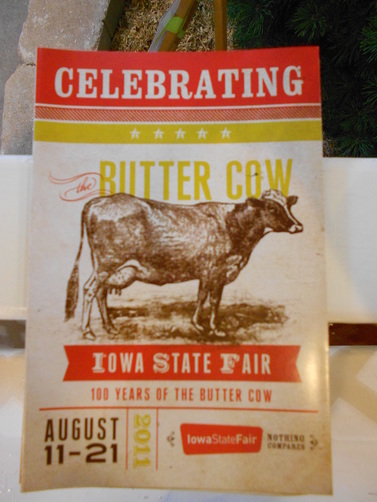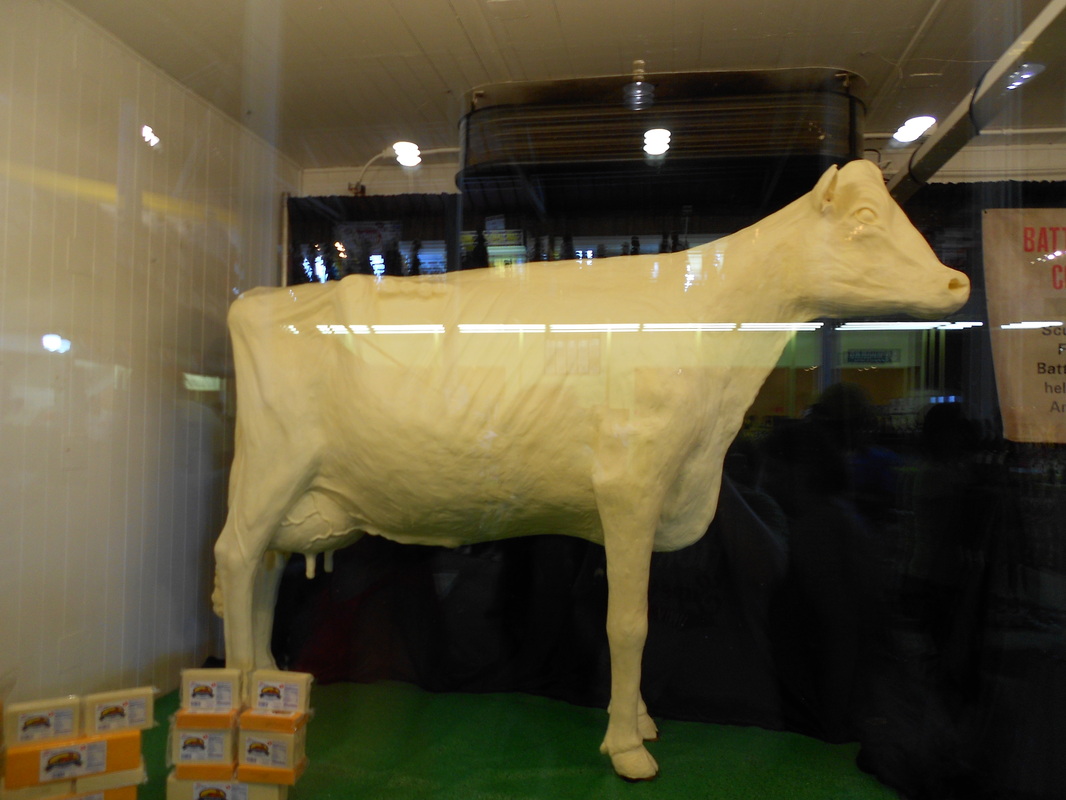And so I will end with one of my favorite quotes from Renato Rosaldo:
Culture lends significance to human experience by selecting from and organizing it. It refers broadly to the forms through which people make sense of their lives, rather than more narrowly to the opera or art museums. It does not inhabit a set-aside domain as does, for example, that of politics or economics. From the pirouettes of classical ballet to the most brute of brute facts, all human conduct is culturally mediated. Culture encompasses the everyday and the esoteric, the mundane and the elevated, the ridiculous and the sublime. Neither high nor low, culture is all-pervasive. (1989: p. 26)
1991 Four Northwest Coast Museums: Travel Reflections. In Exhibiting Cultures, I. Karp & S. D. Lavine, eds. pp. 212-254. Washington, DC: Smithsonian Institution Press.
Rosaldo, Renato
1993 Culture and Truth: The Remaking of Social Analysis. Boston: Beacon Press.
Singer, Milton
1972 When a Great Tradition Modernizes: An Anthropological Approach to Modern Civilization. New York, Washington, London: Praeger Publishers.


 RSS Feed
RSS Feed
